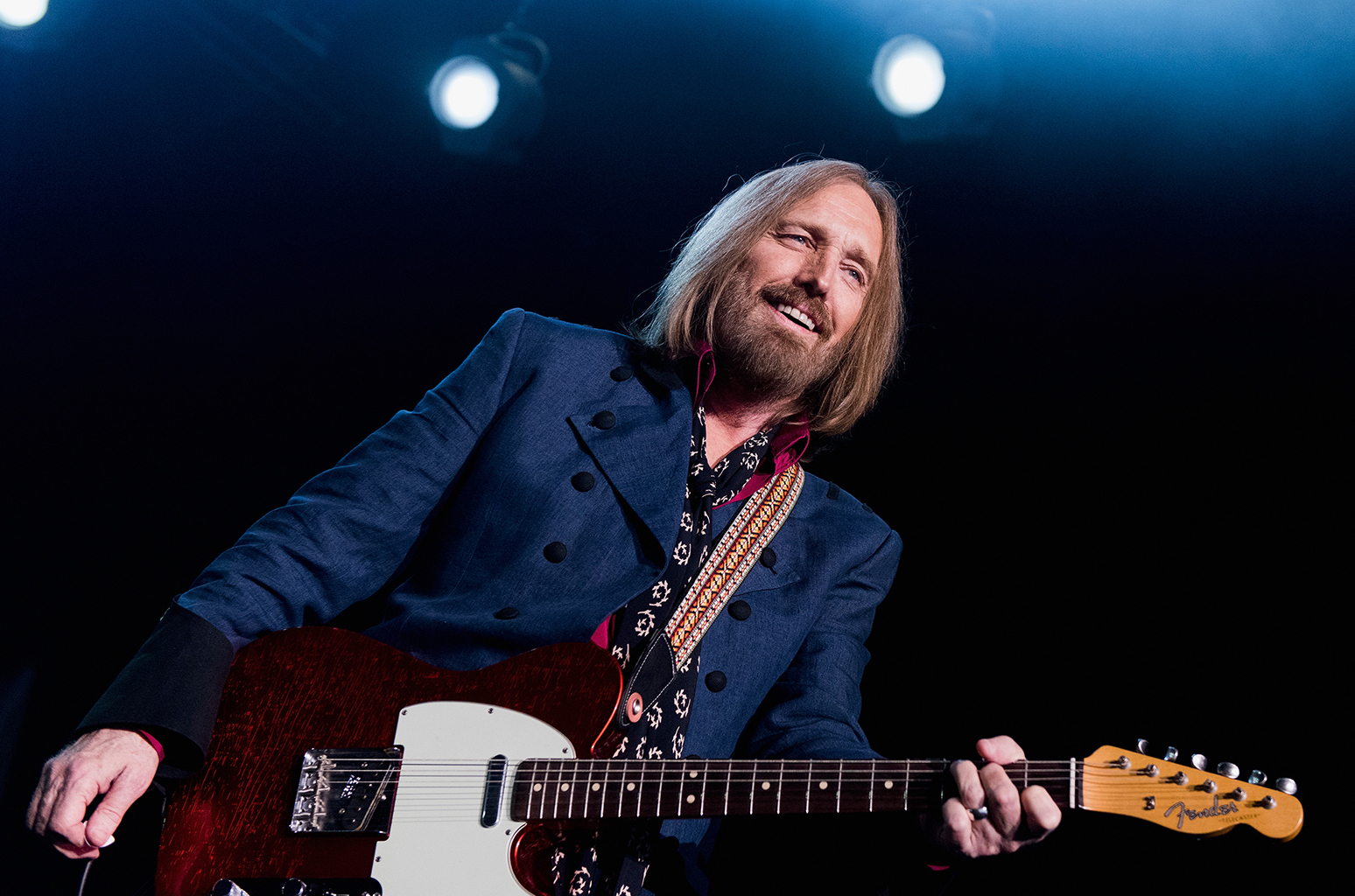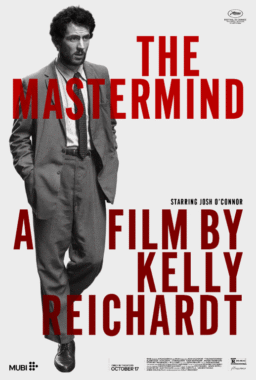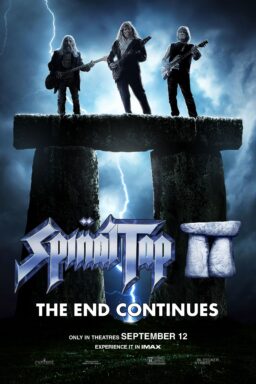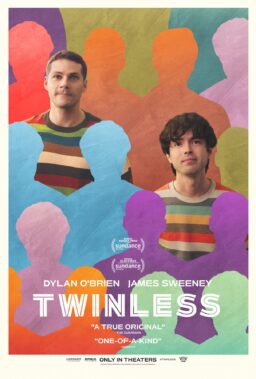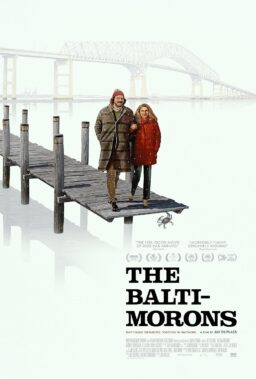When people woke up yesterday morning to the awful news in Las Vegas involving the combination of popular music and sudden death, many of them may have then turned to Tom Petty‘s music as a way of comforting themselves in the face of a world gone increasingly wrong while suggesting that there might indeed be a light in the darkness after all. In the kind of horrible twist that seems to more or less define our daily existence at this point, Petty himself turned up in the news when it was reported that he had been found unconscious and in full cardiac arrest at his home in Malibu, California and had been rushed to the UCLA Santa Monica Hospital in critical condition. For a time, it had been reported that he had in fact died but, in a development that somehow seemed appropriate for the man who once sang “The waiting is the hardest part,” he was still clinging to life amidst confusion sown by news sites that had reported his passing early. This raised the hopes among some that the classic lyric “You can stand me up at the gates of Hell but I won’t back down” might miraculously come true but that was not the case and at the end of an endlessly awful day, he was finally pronounced dead at the age of 66.
For millions of fans around the world, this would be a crushing blow on the level of the losses of such musical icons as Prince and David Bowie. One of the last true purveyors of classic heartland rock and roll, Petty would record 13 hit albums with his longtime band The Heartbreakers (with whom he had just completed a 40th anniversary tour that he had been claiming would be their last major go-around), three as a solo artist and two each with The Traveling Wilburys, the supergroup he co-founded with Bob Dylan, George Harrison, Roy Orbison and Jeff Lynne, and Mudcrutch, a reconstituted version of his first group that finally released its first album in 2008. Along the way, he won three Grammys, earned a star on the Hollywood Walk of Fame, became enshrined in the Rock and Roll Hall of Fame and played in one of the more highly regarded Super Bowl halftime shows in recent memory. He would also have a surprising impact in the worlds of film and television, both through the canny use of his music and through his own unique presence.
He was born on October 20, 1950 in Gainesville, Florida and, according to him, he developed an early interest in the magic of rock and roll through two usual suspects. When he was 10, he had an uncle who was working behind the scenes on the Elvis Presley programmer “Follow That Dream,” which was then shooting in Florida, and he was invited to watch the filming for a few days, becoming fascinated with Presley in the process. A few years later, he became one of the countless people who found themselves inspired to form a band after watching the Beatles appear on “The Ed Sullivan Show.” While working such odd jobs as groundskeeper and gravedigger, Petty formed his first band, The Epics, who later evolved into the group Mudcrutch, who had a couple of local hits but never went any bigger than that. When that group broke up, Petty looked into a solo career but after hearing and liking the sound of the band that fellow Mudcrutch member Benmont Tench had developed with Ron Blair and Stan Lynch, he and another former Mudcrutcher, Mike Campbell joined up with them and formed the first version of the group that would eventually become known as Tom Petty and the Heartbreakers.
While the group’s self-titled 1976 debut album would prove to be a bigger hit in the U.K. than in the U.S. (though it would spawn the classics “American Girl” and “Breakdown”), they would soon have a string of hit albums that included “Damn the Torpedos” (1979), “Long After Dark” (1982), “Southern Accents” (1985), “Into the Great Wide Open” (1991) and “Hypnotic Eye” (2014) and would back the legendary Bob Dylan in 1986 for his first tour in five years. In 1989, Petty recorded his first solo album, “Full Moon Fever,” and it would spin off a number of hits that included “Free Fallin’,” “I Won’t Back Down,” “Runnin’ Down a Dream” and “Yer So Bad” and there would be two additional solo sets, “Wildflowers” (1994) and “Highway Companion” (2006). There are writers on the subject of popular music who could expound at length about what it was that made Petty’s music so significant and caused it to resonate so strongly with successive generations of listeners far better than I could ever hope to do. In that regard, I will offer one simple thought. Practically every veteran rocker of note, no matter how beloved they may be, has a clinker or two in their discographies. Bob Dylan, Bruce Springsteen, Neil Young, Elvis Costello and the like—they all have done a few songs that cause even their most ardent fans to cringe whenever they come up. However, I cannot readily think of a Tom Petty song that would fit under the heading of “bad”—I am not saying that such a thing doesn’t exist but you would have to prove it because I don’t have any idea of what it might be.
However, when it comes to discussing the use and impact of Petty’s music in film, I may be able to add something to the conversation. His music was frequently heard in films and on TV over the years and it is easy to see why he would be such a popular go-to choice. Not only did he have a fairly deep catalogue to choose from but filmmakers may have realized that even if the movies that they were working on were less than great, the use of a Petty song on the soundtrack would almost inevitably entertain audiences while it was on, even if those viewers found themselves closing their eyes during the likes of “Mr. Deeds” or “My Best Friend’s Girl” in order to focus on listening to “You Don’t Know How It Feels” and “Don’t Do Me Like That.” However, Petty’s music found more hospitable homes over the years as well. Perhaps after seeing how effective “American Girl” was in the adaptation of his book “Fast Times at Ridgemont High,” Cameron Crowe would regularly include sample from the Petty songbook in his own films, making especially evocative usage of “Free Fallin’” and “Learning to Fly” in key scenes of “Jerry Maguire” and the criminally underrated “Elizabethtown.” Although “American Girl” would be one the Petty songs most used in films, no one made better use of it than the late Jonathan Demme, who deployed it twice in his career to great effect. In “The Silence of the Lambs,” he introduces Brooke Smith, playing the chief victim of the monstrous Jame Gumb (Ted Levine) that we follow throughout the story, by showing her driving her car and rocking out to the tune with such unforced glee that viewers are instantly won over by her and therefore feel a real stake in her subsequent plight. More than two decades later, Demme would then kick off his last feature, “Ricki and the Flash,” by having no less a figure than Meryl Streep, playing an over-the-hill bar band singer, belting out the tune in a similarly joyous manner.
Petty also contributed to some newer music featured in movies over the years as well. He provided the song “Never Be You,” which he co-wrote with Tench, to the cult classic “Streets of Fire,” where it was recorded by Maria McKee (whose band Lone Justice would record the Petty-Campbell rocker “Ways to Be Wicked” for their 1985 debut album). Two years later, he and the Heartbreakers would back up Dylan on “Band of the Hand (Hell Time Man),” the cheerfully grungy title tune to the otherwise justifiably forgotten 1986 B-movie of the same name (sans parenthetical) that proved to be one of Dylan’s more convincing rock tunes of that period in his career. In 1996, he was hired by Ed Burns, then hot off his debut film “The Brothers McMullen” to compose the music for his follow-up film, “She’s the One.” And while Petty would admit that a couple of the songs were simply leftovers from the recording of “Wildflowers,” the fact that it is pretty much the only vaguely watchable Ed Burns movie is due in no small part to the musical contributions supplied by him and the Heartbreakers.
When it came to the normal cinematically inclined aspects of a typical rock star career—music videos and documentaries—Petty managed to luck out and find himself in the hands of some serious filmmakers and not merely the usual video hacks. He and the Heartbreakers appeared in “Hard to Handle,” a 1986 film for cable from Australian director Gillian Armstrong chronicling a concert in Sydney that they did with Bob Dylan. With Julien Temple, the director of “The Great Rock and Roll Swindle” and “Absolute Beginners,” he made memorably stylish and entertaining videos for such songs as “Free Fallin’,” “Learning to Fly,” “Into the Great Wide Open” and the 1992 concert video “Take the Highway.” In 2007, he and the Heartbreakers were the focus of “Runnin’ Down a Dream,” a mammoth four-hour documentary directed by Peter Bogdanovich that offered a fascinating and entertaining soup-to-nuts history of the group’s first 30 years that could be appreciated by newcomers to the band and their music as well as their hardcore fan base.
Although he never seemed to pursue it to any serious degree, Petty occasionally turned up in films and on television in a non-musical capacity and demonstrated a winning presence there as well. In 1987, he, along with fellow rockers Ric Ocasek and Neil Young, turned up in Alan Rudolph’s under-appreciated (even by Rudolph himself) romantic fantasy “Made in Heaven” as one of the oddballs encountered by Timothy Hutton during his 30-year effort to reunite with the woman (Kelly McGillis) he first met when they were both souls in Heaven. Petty stood out the most in his brief bit, partly because he shared scenes with a cheerfully demonic Ellen Barkin and partly because he got to play a sleazy con man named Stanky. On television, he had an amusing semi-regular role on the long-running animated hit “King of the Hill” as a guy living off of an insurance settlement with Costco, received after slipping on some urine on the bathroom floor.
More often, Petty found himself playing himself, or at least some variation of himself, and usually stole the show from the other real actors around him. He made his screen debut in a cameo in the 1978 rock movie “FM” and then shared the screen on two separate occasions with the late Garry Handling, first in a few quietly absurd appearances as Shandling’s neighbor in the hilarious meta-sitcom “It’s Garry Shandling’s Show” that seemed to come about for no other reason than they seemed to be an amusing idea, which they were, and he was game for them. Years later, he would turn up in an episode of Shandling’s other great series, “The Larry Sanders Show,” and nearly coming to blows with Greg Kinnear when he gets bumped. Animated versions of Petty appeared on “The Simpsons” in the 2002 episode where Homer goes to a fantasy rock camp where the counsellors include Petty, Mick Jagger, Keith Richards and Elvis Costello, and the final episode of the Comedy Central show “Li’l Bush” (2008). However, the most bizarre of his appearances as himself would be in the Kevin Costner box-office catastrophe “The Postman” (1997), in which he turns up as the mayor of a town that Costner happens upon while wandering through a post-apocalyptic landscape for reasons that currently elude me. What doesn’t elude me, however, is the cheerfully cuckoo vision of Petty and Costner sailing through the air in a cable car in order to escape an attack—the film is admittedly an alternately ridiculous and ponderous bore but I promise you that it was worth sitting through all three hours of it just for that undeniably memorable moment. Petty always left people wishing for more from him, a sensation that I suspect that many of us are feeling right now.

